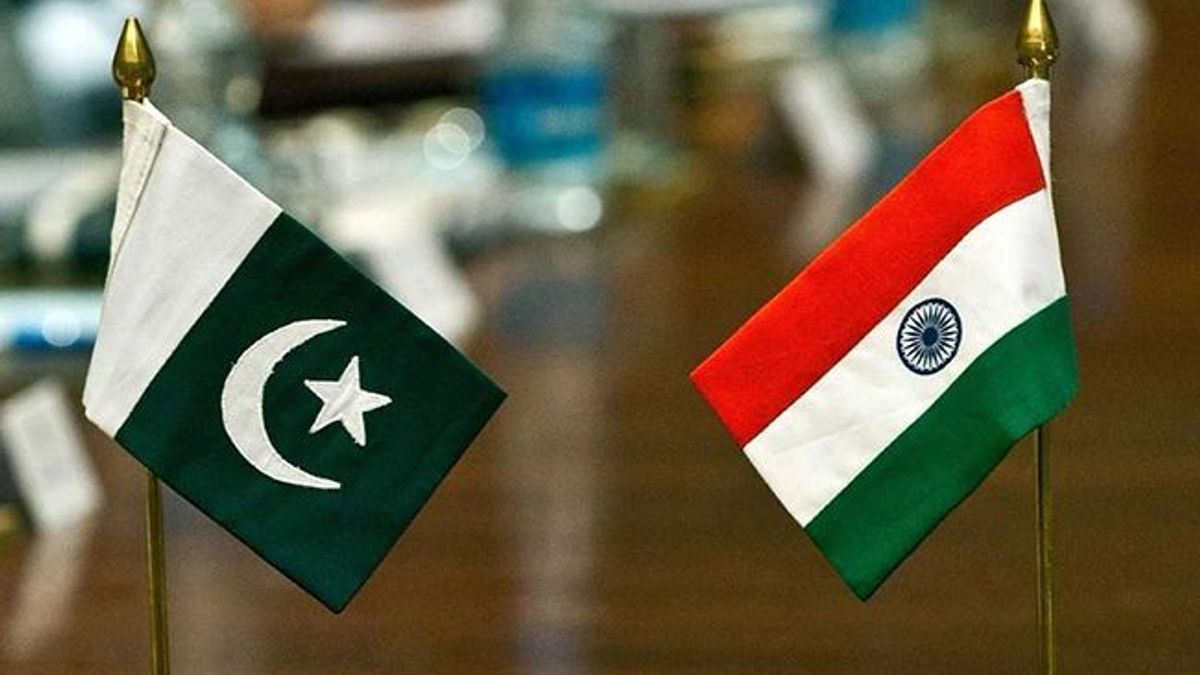Bangladesh or Nepal: Whose Youth Movement Has More Impact?
In recent years, South Asia has become the epicenter of youth-driven political movements. Two of its nations—Bangladesh and Nepal—have seen a surge of civic unrest, led predominantly by a digitally savvy and politically aware young generation.
Though both movements were born from dissatisfaction with corruption, authoritarianism, and economic hardship, their outcomes have diverged. Bangladesh’s 2024 July Revolution led to the fall of a decades-long ruling regime, while Nepal’s Gen Z Protests in mid-2025 triggered a political crisis that forced the resignation of a prime minister.
This piece examines the events, compares both countries’ situations, and asks a pressing question: Whose youth movement has had more impact—and at what cost?
Timeline of Events
🇧🇩 Bangladesh: The July Revolution (2024)
May–June 2024: Widespread protests began over the controversial quota system in government jobs, economic inequality, and rising authoritarianism under Prime Minister Sheikh Hasina.
July 8–12, 2024: Mass nationwide demonstrations erupted, with students and young workers blockading Dhaka and other major cities.
July 17, 2024: Military units refused to act against protesters. Police forces joined parts of the demonstrations.
July 20, 2024: Prime Minister Hasina resigned under pressure.
August 2024: An interim government was formed under Dr. Muhammad Yunus, with the promise of reforms and fresh elections.
🇳🇵 Nepal: The Gen Z Protests (2025)
May 2025: Government led by Prime Minister K.P. Sharma Oli imposed a controversial social media ban, citing “national security.”
June–July 2025: Youth and activists launched digital protests against censorship, corruption, and nepotism.
August 2025: Protests intensified, with clashes reported in Kathmandu and Pokhara.
September 6, 2025: After violent confrontations that killed five and injured dozens, Home Minister resigned.
September 9, 2025: Prime Minister Oli resigned, citing loss of public trust. No new coalition has yet formed a stable government.
Comparison: Youth-Led Movements in Action
Bangladesh Nepal
Trigger Issue Quota system, authoritarianism, poor governance Social media ban, corruption, nepotism
Leadership Structure Centralized student-led protests, political defiance Decentralized Gen Z activism, digital platforms
Government Response Army neutral, police sympathetic, regime collapse Forceful suppression, curfews, eventual resignation
Outcome (so far) Regime ousted; interim government in place PM resigned; government in flux
Use of Technology Coordinated online/offline protests, strong media outreach Digital resistance; viral TikTok/X movements
Deaths/Injuries ~120 confirmed dead in protests and riots At least 5 confirmed dead in clashes
International Reaction Mixed—praised for change, concern over instability Concern over repression and censorship
Bangladesh: From Revolution to Uncertainty
Initially hailed as a “people’s victory,” Bangladesh’s revolution brought hopes of a democratic revival. But more than a year later, many of those hopes remain unrealized.
Key Issues:
No elections have been held. The interim government remains in place with no clear timetable.
Inflation is higher than during the previous regime—officially over 12.5%, with daily essentials skyrocketing.
Fuel and electricity shortages have worsened, leading to protests even in rural areas.
Mob violence and political reprisals have surged, with over 300 incidents of street justice reported since August 2024.
The former ruling Awami League is banned, raising concerns over political inclusivity and democratic norms.
While foreign exchange reserves have increased (currently around $32 billion), the common citizen sees little relief. Food, transport, and housing costs continue to rise. Many now ask: Was the revolution worth it?
“We didn’t fight for another set of elites to rule us,” says Sadiya Rahman, a Dhaka University student who led protests in 2024. “We fought for dignity, justice, and jobs. Where are they?”
Nepal: Digital Protest, Real Impact?
Nepal’s Gen Z uprising lacks the centralized momentum of Bangladesh’s revolution—but it has shown immense force in disrupting political normalcy.
Highlights:
Youth mobilized quickly, often leaderless, but united under hashtags like #FreeNepal, #StopNepoPolitics, and #LetUsSpeak.
Digital resistance forced the government to lift the social media ban partially after international criticism.
K.P. Sharma Oli’s resignation marks the fifth prime ministerial collapse in six years, highlighting Nepal’s political fragility.
Despite the fall of leadership, no stable government has yet emerged, and the current parliament is in deadlock.
Nepal’s movement shows that protest alone is not enough without political structures ready to take charge. Still, the youth have awakened a dormant civil society.
“We don’t want another corrupt face in power,” says Samir Thapa, a protester in Pokhara. “We want a system that listens, not lectures.”
Impact on South Asia: A Region in Flux
Both movements reflect a broader generational shift across South Asia—a rejection of crony politics, autocratic behavior, and disconnected leadership.
Sri Lanka is recovering from an economic collapse sparked by political mishandling.
Pakistan continues to struggle with civil-military power dynamics and youth alienation.
Bangladesh and Nepal, therefore, serve as mirrors—one showing what happens when revolution takes place, the other when digital protest confronts a fragile democracy.
Outcome: A Revolution Without Resolution
Despite ousting leaders and shaking the foundations of their respective political systems, neither Bangladesh nor Nepal has completed the transition to stability.
Bangladesh:
No elected government yet.
Economic pain for the poor has increased.
Growing impatience from youth and international donors.
Nepal:
Government in limbo after PM’s resignation.
Political instability continues with no clear leadership.
Protesters demand deeper reforms, not cosmetic change.
Conclusion: Who Had More Impact?
It depends on how “impact” is defined.
Bangladesh’s youth movement achieved the most visible result: regime change. Yet, the aftermath has been disappointing—no elections, high inflation, and growing unrest.
Nepal’s youth protests may not have brought structural change yet, but they shifted the national conversation, dethroned a sitting prime minister, and exposed deep flaws in governance.
In short:
Bangladesh won the battle, but risks losing the war without real reforms.
Nepal’s battle is still ongoing, but its youth have shown they will not accept silence as the price of peace.
The final verdict?
The real impact will only be measured by what these nations look like five years from now—not just who fell, but what rose in their place.



